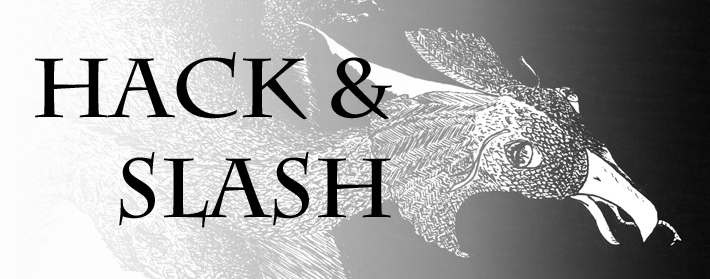Props are physical puzzles, tricks, and brain-teasers you can hand to your players at the table for them to actually physically handle.
Deciphering: If you write the message around something that is lying on the table (A pencil/marker, etc.) then simply handing them the strip of paper should be enough. If you want to give them several options, then the strip of paper should be handed out either before or after the cylinder is found and the cylinder should be disguised (Hairbrush handle) and with a variety of other objects.
Mirror Message: No, not just writing a message backwards. That's dumb and simple.
You can bisect the letters vertically and write a message using the letters: AHINOTUVWX
Or, you can bisect the letters horizontally and write a message using the letters: BCDEHIKOX
(Use a Scrabble Word Finder to get words)
Deciphering: Once they figure out they need a mirror, they may use one nearby, if anyone bothered to purchase one. Alternately, you may hand out a mirror (or other reflective object) with several other items to obfuscate the text.
You can do this similarly with maps or secret codes using Catoptric Anamorphosis, but it requires some measure of artistic talent and a polished cylinder. On the other hand, if you have a reflective teapot, it can make a fascinating puzzle.
If I were going to attempt it, I would place the teapot/reflective mylar/tin foil wrapped around a paper tube, etc. on the paper, and sketch an outline in pencil of the map or message. I would have a good eraser.
| Alternately it can be a letter substitution, or letters can be missing from the cypher. |
Deciphering: The key factor here, is that the substitution key must be presented. You cannot fail to mention it, nor should you provide more emphasis on its discovery. If the message is handed out earlier or later then the discovery of the message then the connection must be made by the players. The key can be obfuscated (as in an element of a larger picture, message, or image), but should be available.
If you like posts like this, support me on Patreon!






-759725.jpg)
